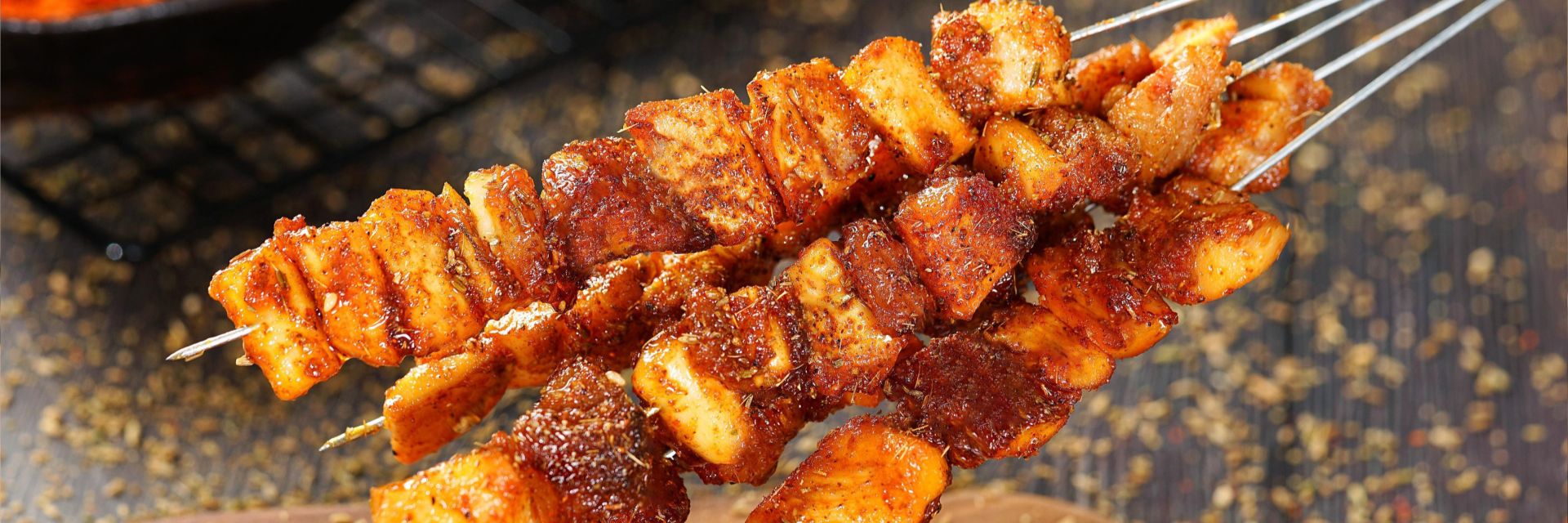
10 Essential Xinjiang Foods: Must-Try Uyghur Dishes & Flavors
By Julia
Xinjiang, a region where ancient Silk Road traditions merge with vibrant contemporary life, offers a culinary landscape unlike any other in China. I’ve had the immense privilege of exploring its vast deserts, bustling bazaars, and, most importantly, its incredibly diverse and flavorful food scene. Uyghur cuisine, the heart of Xinjiang’s gastronomy, is a testament to its unique position at the crossroads of Central Asia and China, characterized by aromatic spices, tender meats, and hearty staples, predominantly halal.
My journeys through Xinjiang have consistently reinforced one truth: to truly understand this region, you must taste it. The enticing aromas wafting from street stalls and bustling markets are an invitation to a sensory adventure. I’ve curated a list of the 10 essential Uyghur dishes that, in my expert opinion, you simply cannot miss. These are the flavors that define Xinjiang, dishes that tell stories of its people, history, and rich cultural tapestry.
Top 10 Xinjiang Foods – Uyghur Culinary Gems
1. Uyghur Polo (抓饭 – Zhuāfàn): The Soul-Satisfying Rice Pilaf
Uyghur Polo, often simply called polo or polu, is the undisputed star of Xinjiang cuisine. This fragrant rice pilaf, slow-cooked to perfection, features tender lamb, sweet carrots, and onions, all infused with aromatic spices like cumin and turmeric. What makes Polo truly special is its cultural significance; it’s a dish of celebration and communal sharing, symbolizing unity and hospitality. I’ve had the pleasure of enjoying it directly from a communal pot, and the blend of savory lamb and subtly sweet raisins (often added) is simply unforgettable. For an authentic experience, try eating it by hand!
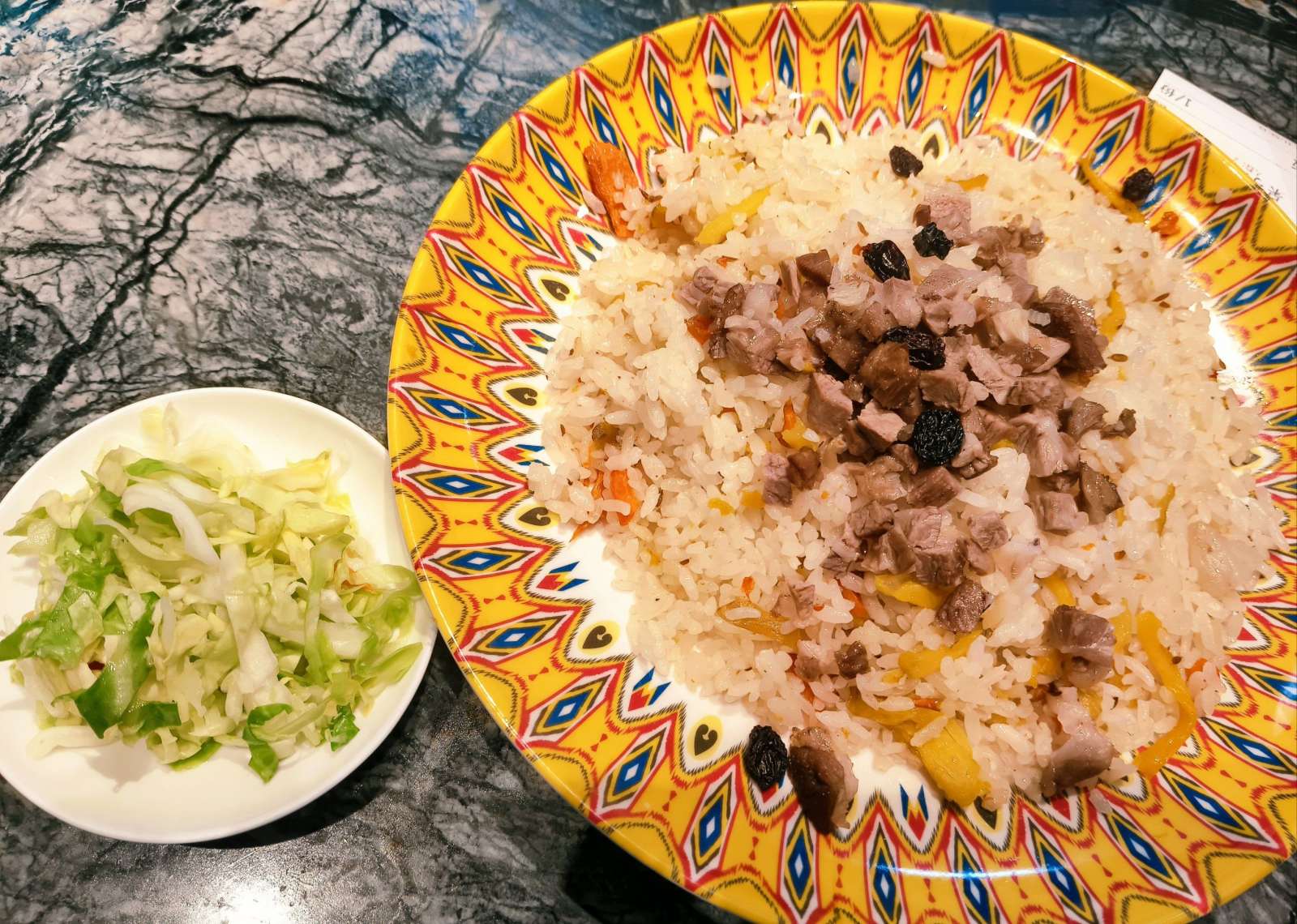
2. Laghman (拉面 – Lā Miàn): The Art of Hand-Pulled Noodles
Laghman showcases the incredible artistry of Xinjiang’s noodle makers. These thick, chewy, hand-pulled wheat noodles are typically topped with a savory stir-fry. My personal favorite combines fatty mutton, garlic, ripe tomatoes, and seasonal vegetables, creating a vibrant and deeply satisfying dish. Witnessing the chefs pull the noodles fresh is a mesmerizing performance in itself, guaranteeing an unparalleled texture. The balance of chewiness from the noodles and the rich, slightly spicy sauce is pure comfort.
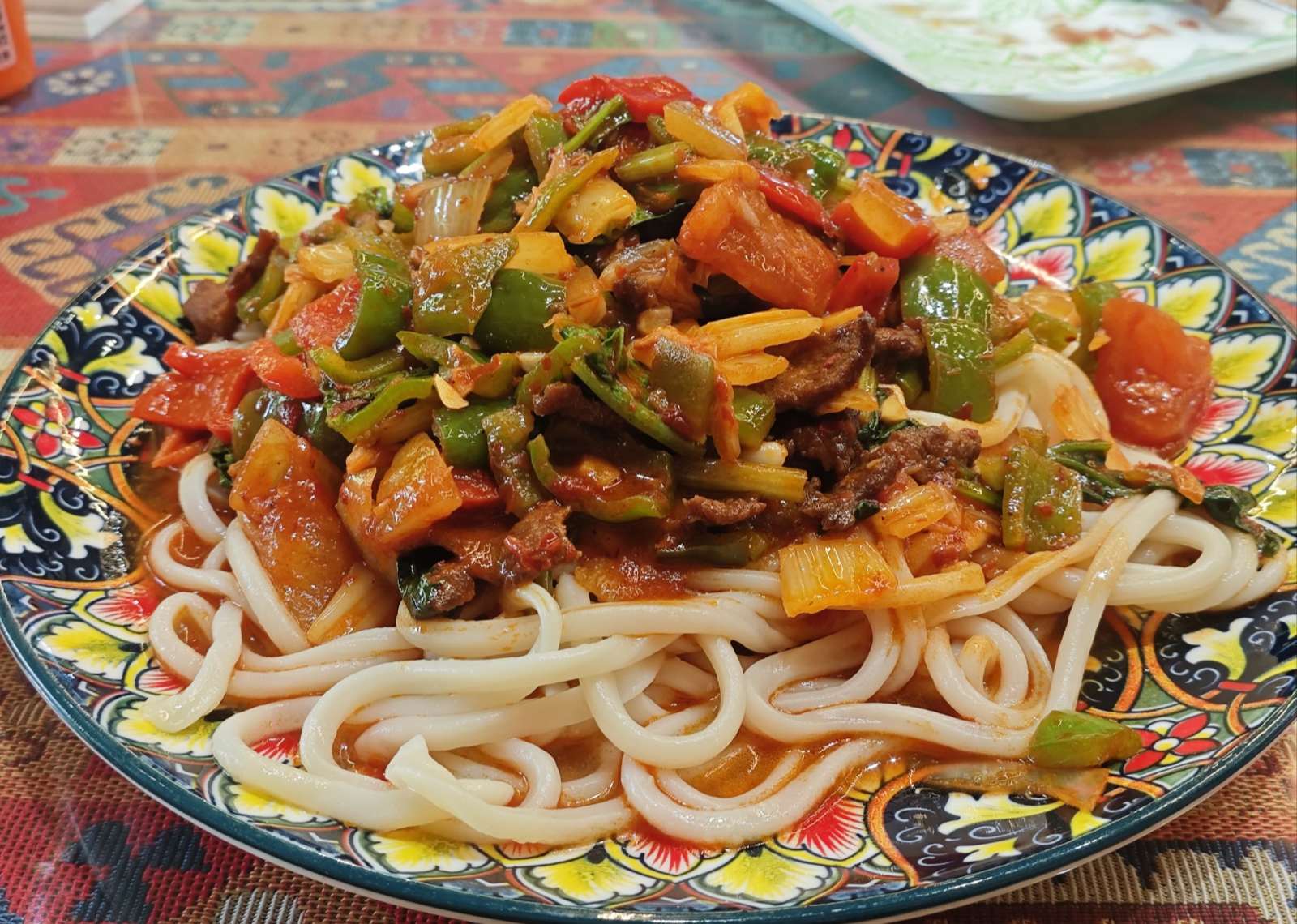
3. Xinjiang Lamb Skewers (烤羊肉串 – Kǎo Yáng Ròu Chuàn): Xinjiang’s Signature Street Food
No culinary tour of Xinjiang is complete without indulging in Kawaplar, the region’s famous lamb kebabs. Succulent pieces of marinated lamb, often interspersed with tender lamb fat for added juiciness, are skewered and grilled over charcoal. The secret lies in the simple yet powerful seasoning of cumin, chili, and salt, which creates a smoky, aromatic, and perfectly spiced bite. I’ve enjoyed countless skewers from bustling street vendors in Turpan and Kashgar, and the fresh taste and perfect char never cease to amaze me.
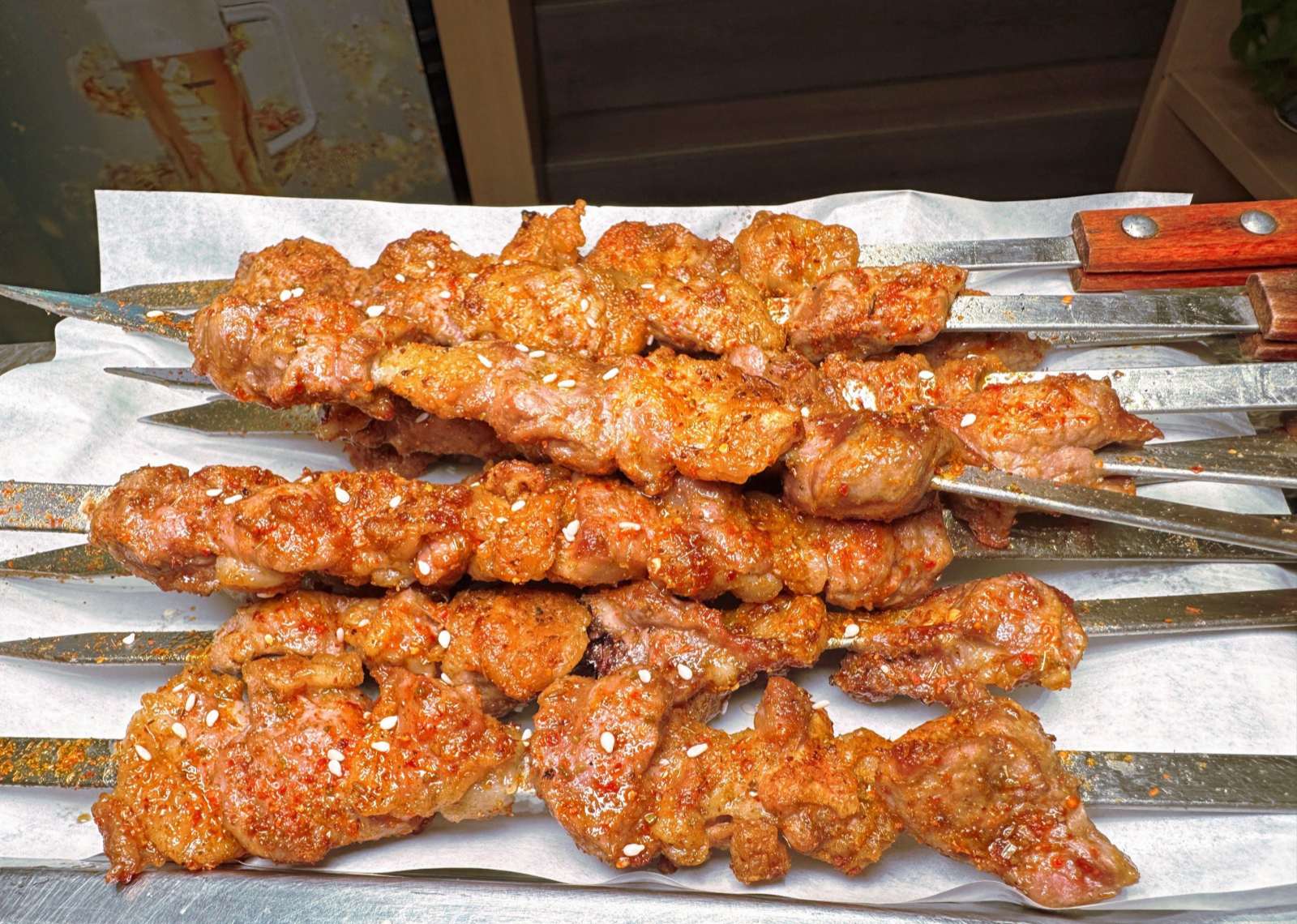
4. Samsa (烤包子 – Kǎo Bāozi): Golden, Savory Pastries
Samsa are golden, flaky baked pastries, often triangle-shaped, filled with a delicious mixture of spiced minced lamb, onions, and sometimes carrots. Cooked in a traditional tandoor (or tonur) oven, they develop a distinct crispy exterior and a wonderfully soft, flavorful interior. These are perfect as a snack on the go or enjoyed with a cup of traditional tea. I often grab them hot from market stalls; the combination of flaky dough and savory filling is utterly irresistible.

5. Dapanji (大盘鸡 – Big Plate Chicken): A Communal Feast
While some debate its exact origins, Dapanji, or “Big Plate Chicken,” has become a firm Xinjiang favorite. This hearty stew features tender chicken pieces, potatoes, and spicy peppers, simmered in a rich, aromatic sauce. It’s truly designed for sharing, typically served on a large communal platter. The best part? After the chicken is enjoyed, wide, flat noodles are often added to soak up every last drop of the delicious gravy. It’s a dish that exemplifies communal dining and a must-try for groups.

6. Xinjiang Naan (馕 – Náng): The Versatile Staple Bread
Naan in Xinjiang is far more than just bread; it’s a way of life. This round, crusty flatbread is baked in a tandoor oven and comes in countless varieties, from plain sesame-topped to those stuffed with onions, meat, or even sweet ingredients like honey. It’s served with almost every meal and makes a fantastic snack on its own. The smoky flavor of freshly baked Naan is truly the taste of Xinjiang’s culinary soul, and I always recommend trying it straight from the bakery.
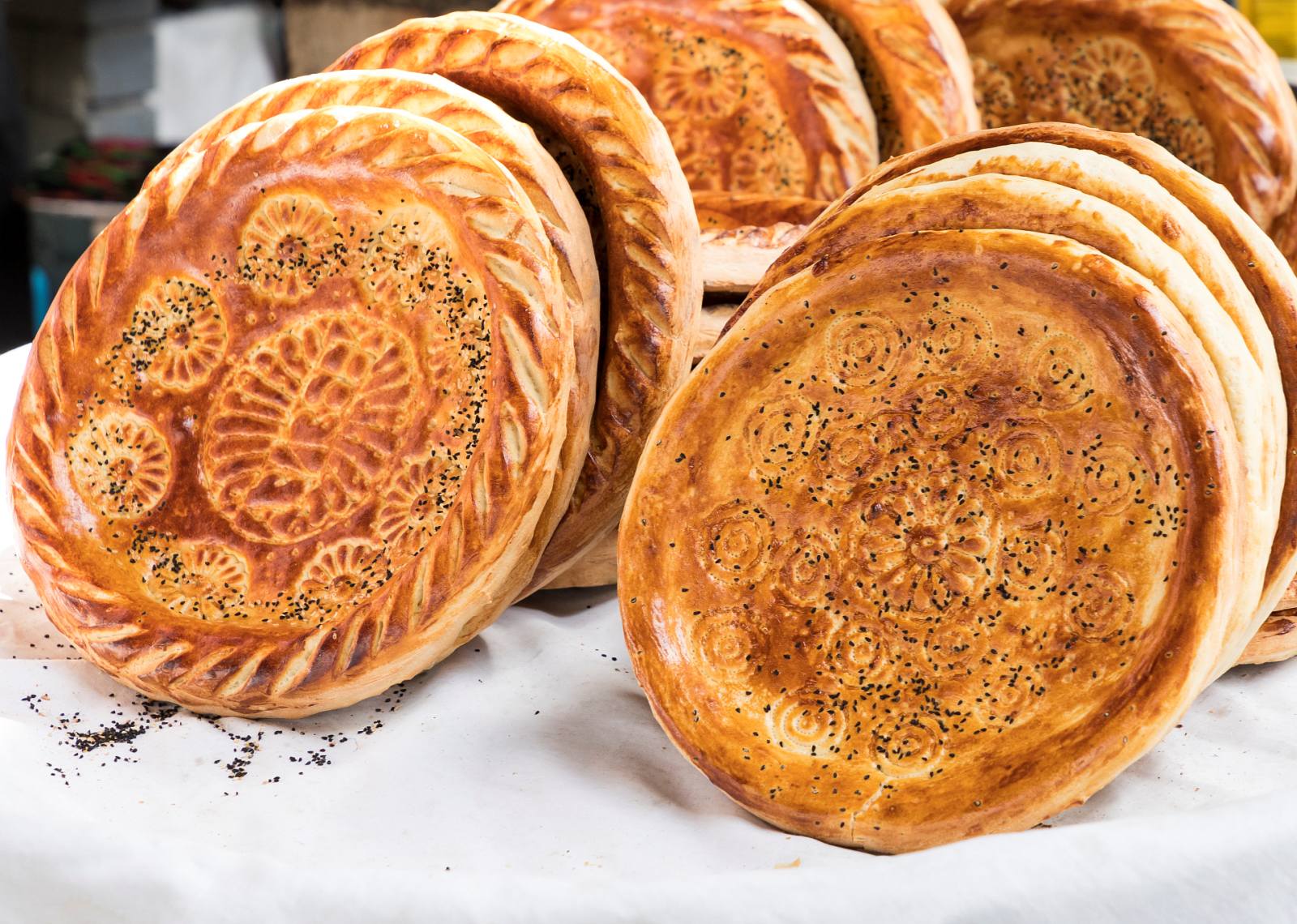
7. Roast Whole Lamb (Tonur Kawipi Roast): For Grand Celebrations
For a truly memorable and grand culinary experience, especially if you’re traveling with a group, the Roast Whole Lamb is an absolute must. This impressive dish involves an entire lamb, slow-roasted to perfection, resulting in incredibly tender meat with a wonderfully crispy skin. It’s a magnificent centerpiece for celebrations and a testament to the region’s deep appreciation for lamb. Seeking this out for a special occasion is an experience that perfectly encapsulates Xinjiang’s generous spirit.
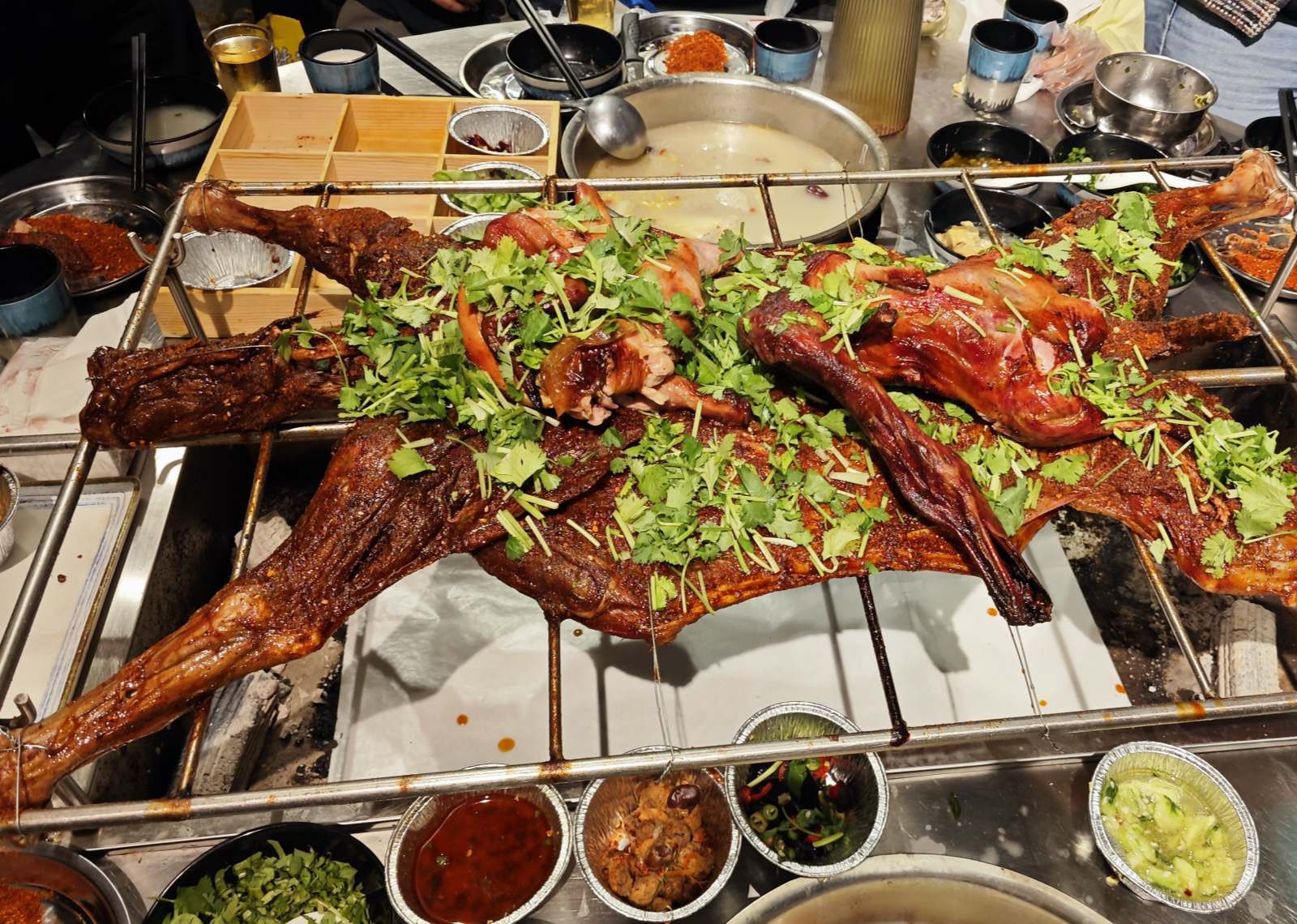
8. Ququre (چۆچۈرە – Uyghur Dumplings): Comfort in Every Bite
Ququre are delicate Uyghur-style dumplings, often resembling small tortellini, typically filled with minced meat (usually lamb) and spices. These comforting parcels are often served in a clear broth or with a light sauce. They’re a flavorful and warming dish, particularly enjoyable during cooler months. In many family-run eateries, you can watch these dumplings being meticulously pinched to order, ensuring their freshness and quality.
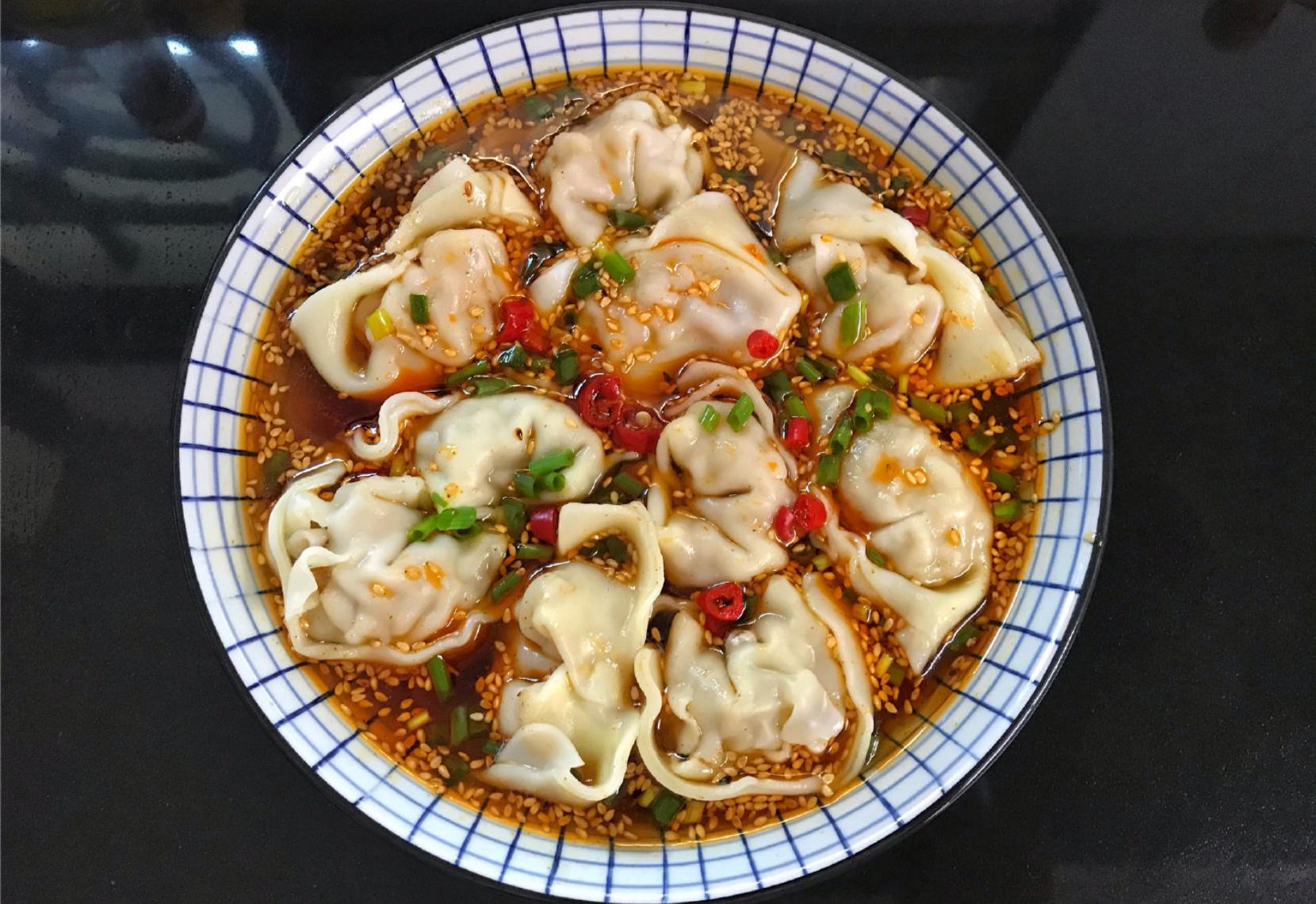
9. Xinjiang Ice Cream (维吾尔冰淇淋 – Wéiwúĕr Bīngqílín): A Unique Sweet Treat
For a refreshing and unique dessert, seek out Xinjiang’s distinctive ice cream, locally known as Maruxna. This creamy, milky treat is made with local ingredients and often has a slightly grainy texture, distinguishing it from traditional Western ice cream. Flavors range from plain to fruity, and it’s the perfect way to cool off after a hearty, spicy meal, especially on a warm day. I particularly enjoy the subtle sweetness and unique mouthfeel.
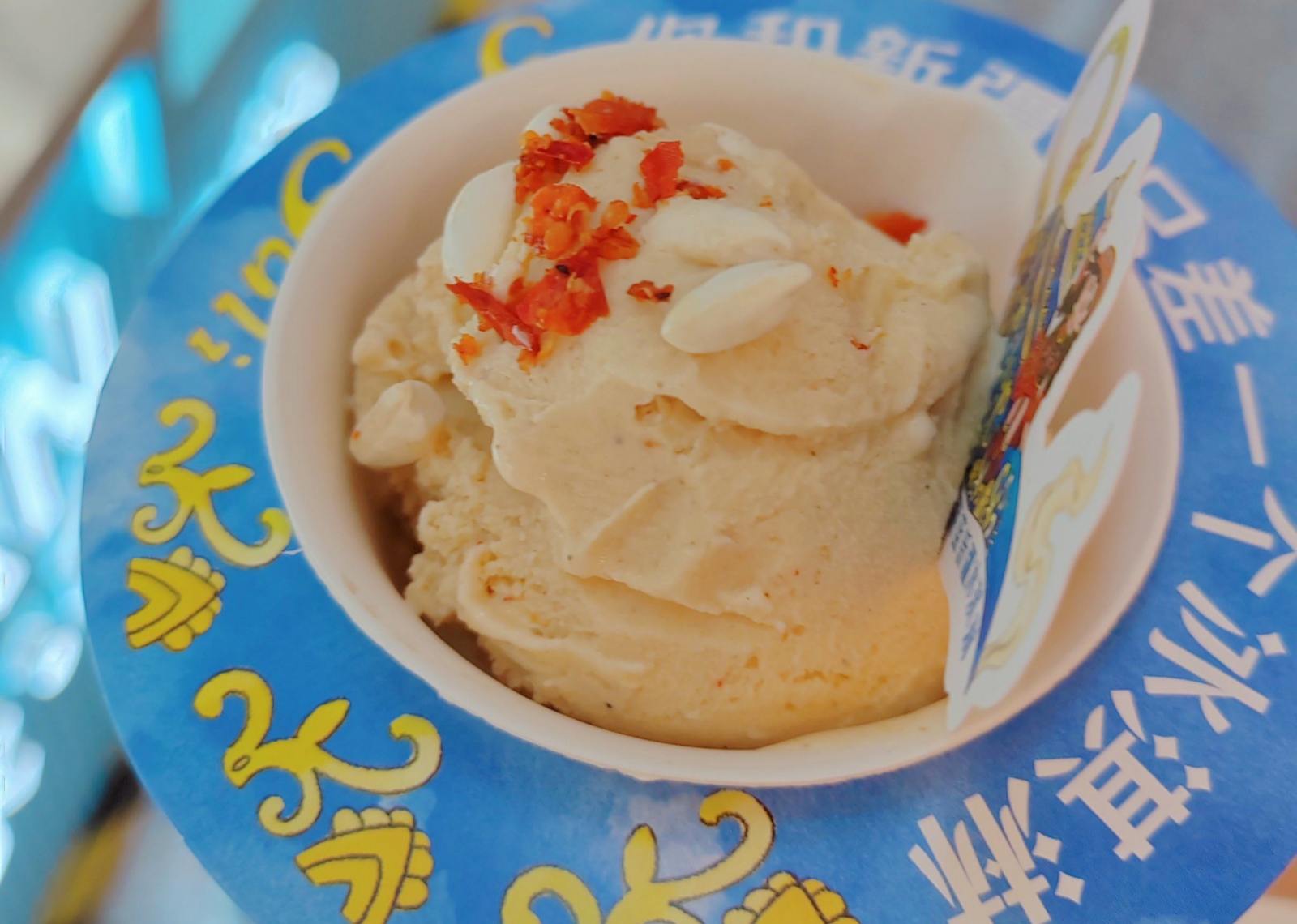
10. Fruits of Xinjiang: Nature’s Sweetness
Beyond the savory dishes, Xinjiang is renowned for its abundant and incredibly sweet fruits. The region’s intense sunshine and significant temperature differences create ideal conditions for fruit cultivation. From the famed Turpan grapes and Hami melons to Korla pears and Yecheng pomegranates, sampling the seasonal offerings is a delight. I always make sure to indulge in these natural sweets; they are truly nature’s candy and provide a refreshing counterpoint to the rich savory cuisine.
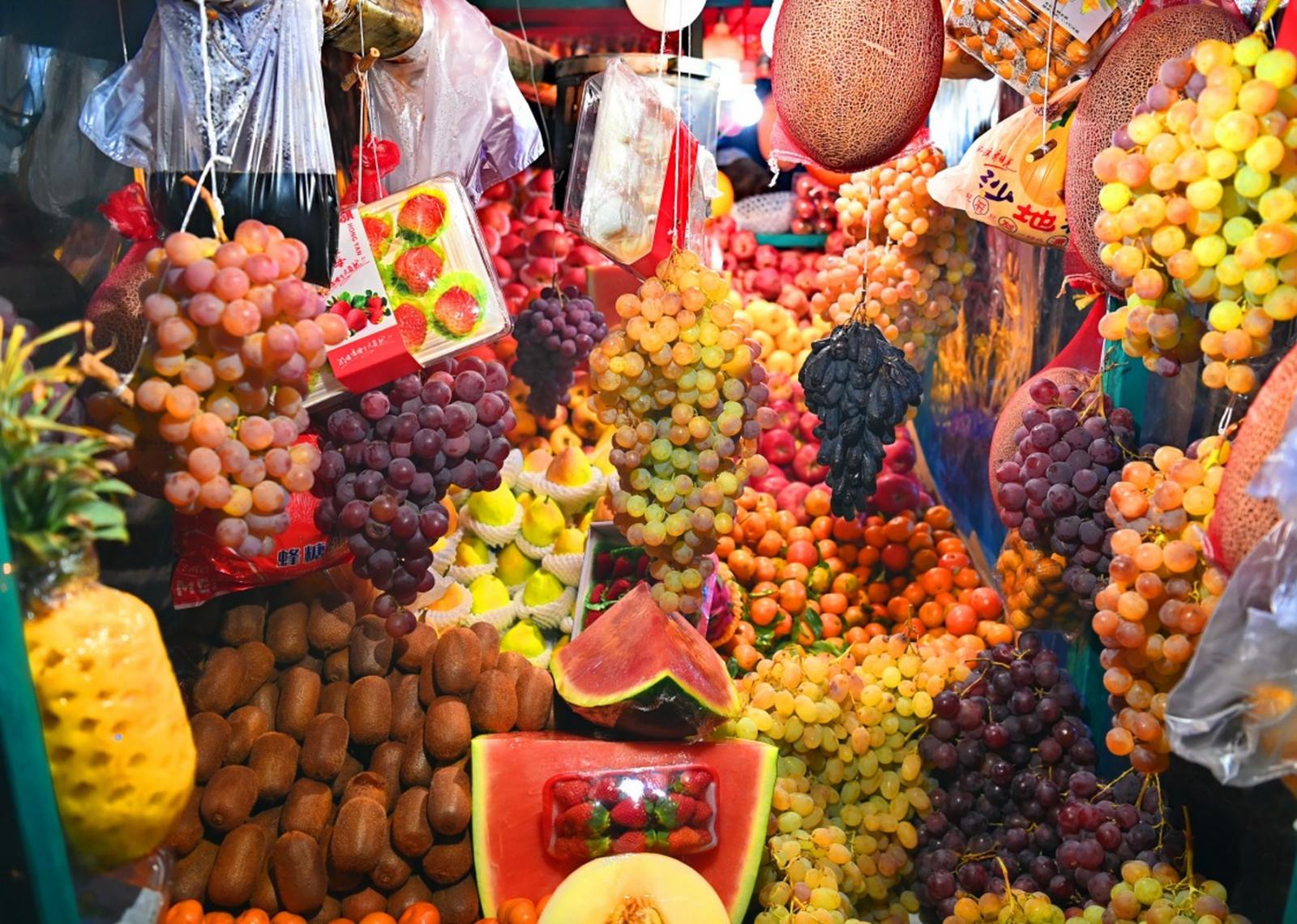
Where to Find the Real Flavors in Xinjiang
From my extensive travels, here are some of the best places to immerse yourself in Xinjiang’s culinary wonders:
- Urumqi International Grand Bazaar: A fantastic starting point to sample a wide variety of dishes under one roof.
- Kashgar Old City and Sunday Bazaar: Ideal for classic street food circuits and traditional bakeries, especially near the Id Kah Mosque.
- Turpan: Beyond its famous grapes and raisins, Turpan offers excellent laghman and kebabs, often enjoyed in vineyard settings.
Xinjiang’s culinary scene is a vibrant testament to its rich history and diverse cultural influences. From the hearty warmth of Uyghur Polo to the smoky allure of Kawaplar and the comforting chewiness of Laghman, each dish offers a unique and unforgettable taste of the region. This cuisine, steeped in tradition and flavored by the Silk Road, is a destination in itself. I can confidently say that exploring Xinjiang through its food is one of the most rewarding ways to connect with its soul. So, embark on this delicious adventure and let your taste buds lead the way!
Recommended Xinjiang Tour: